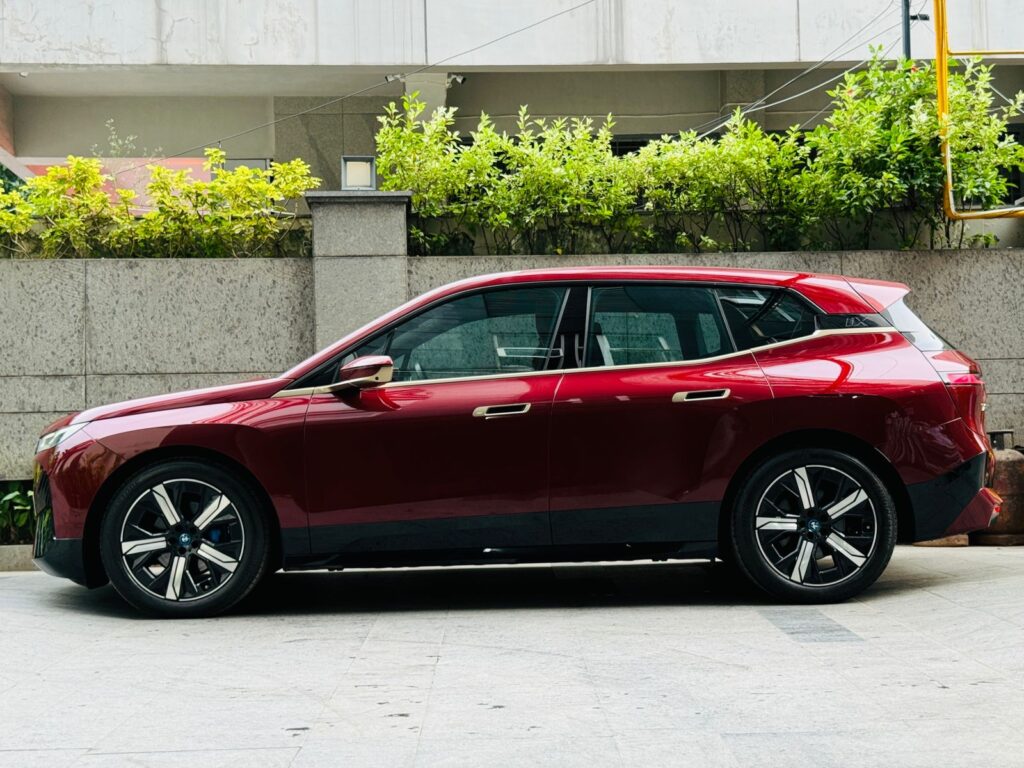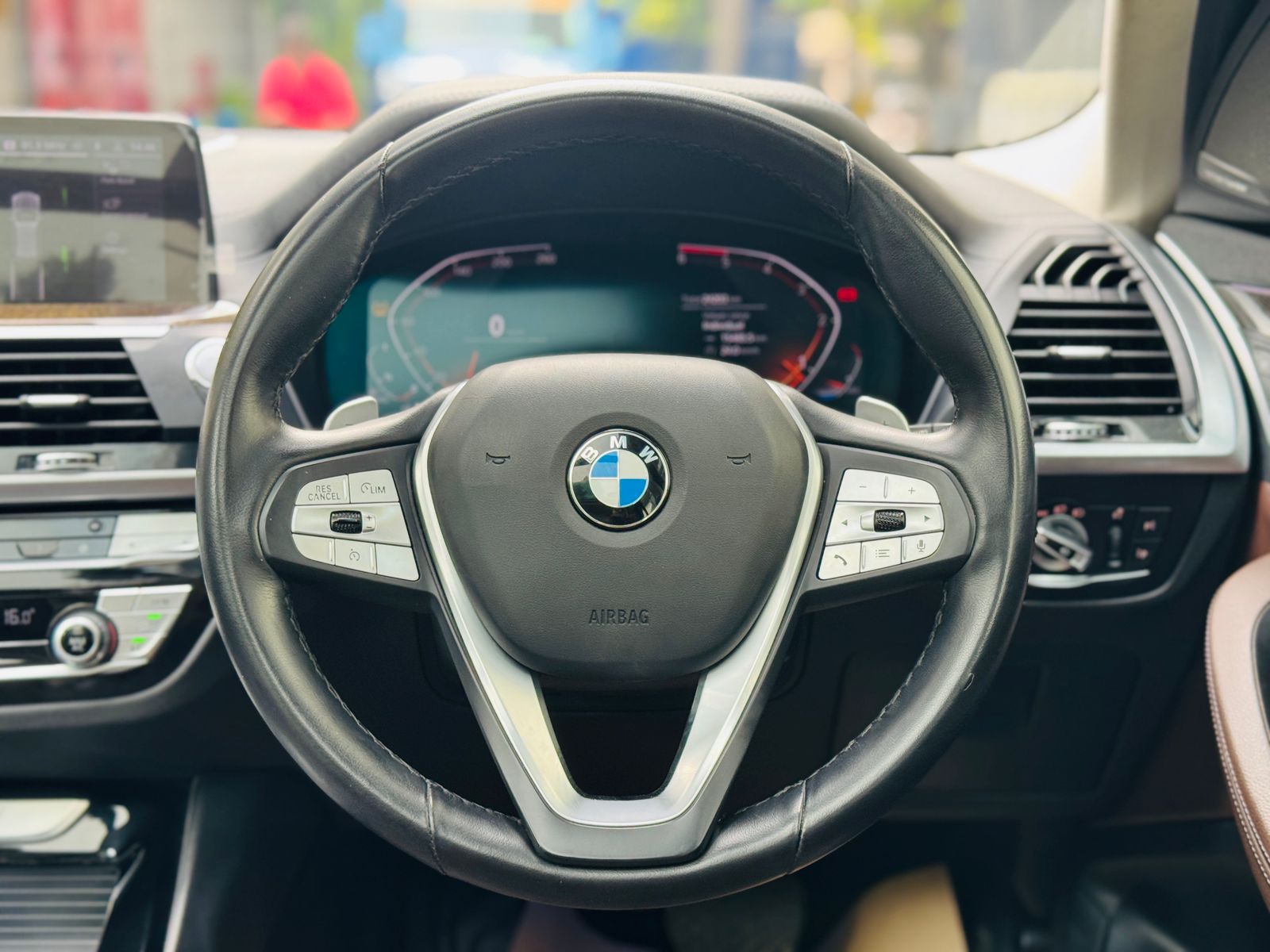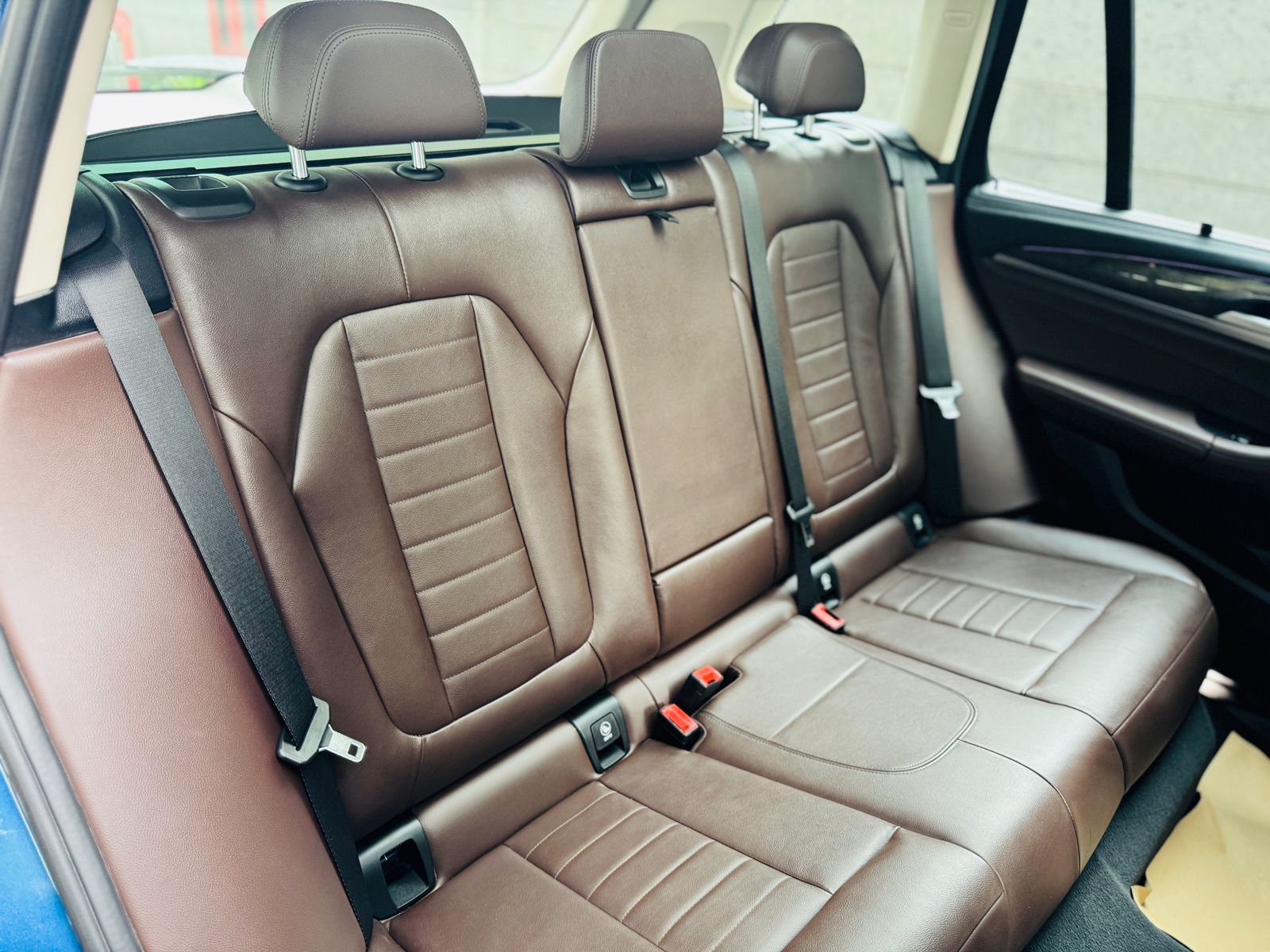Airbags
Best Used Cars
Best Used Cars in Kolkata
Buying a Used Car in Kolkata
Car Airbags
flywheel cars in india
flywheel cars in kolkata
FLYWHEEL INDIA
flywheel kolkata
kolkata used dealer
preowned car
preowned cars
preowned cars for sale
preowned cars in india
preowned cars in kolkata
preowned suv cars in india
preowned suv price in india
second hand audi price
second hand bmw cars
second hand bmw price in india
second hand bmw price in kolkata
second hand car
second hand car in india
second hand car in kolkata
second hand cars in india
second hand dealership in kolkata
second hand mercedes car
second hand sedan car price in india
second hand suv
used car buys
used car in india
used car in kolkata
Used Car Purchase
used car suv
used cars
used cars audi price in india
used cars bmw price in india
used cars buy
used cars for sale
used cars in india
used cars in kolkata
used cars india
used cars kolkata
used cars sale
used cars sedan

10 Important Facts About Car Airbags: Safety, Types, and Functionality
Car airbags have become a crucial component of vehicle safety systems, designed to protect occupants during collisions. Understanding the importance, types, and functionality of Car Airbags can help drivers and passengers appreciate their role in enhancing safety on the road. Here are ten important facts about car airbags that everyone should know.



1. Purpose of Car Airbags
The primary purpose of airbags is to reduce the risk of injury to passengers in the event of a collision. They provide a cushioning effect by inflating rapidly during an accident, which helps to absorb the impact and prevent occupants from hitting hard surfaces inside the vehicle. This can significantly decrease the chances of severe injuries or fatalities.
2. Types of Airbags
There are several types of Car Airbags designed for different purposes. The most common types include:
- Frontal airbags: These are the most recognized type and are located in the steering wheel and dashboard. They deploy during head-on collisions.
- Side airbags: Found in the sides of the seats or door panels, these airbags provide protection during side-impact crashes.
- Curtain airbags: These deploy from the roof area to protect the heads of occupants in both front and rear seats during a side collision.
- Knee airbags: Located under the dashboard, these airbags protect the knees and lower legs during a crash.
3. How Airbags Work
Car Airbags function using a sophisticated system that involves sensors, a gas generator, and an inflation mechanism. In the event of a collision, sensors detect the impact and trigger the deployment of the airbags. A chemical reaction produces gas, inflating the airbag in milliseconds, providing a cushion for the occupant.
4. Speed of Deployment
Car Airbags are designed to deploy extremely quickly, usually within 20 to 30 milliseconds after a collision is detected. This rapid deployment is crucial for effectively reducing the force of impact on the occupants. In many cases, an airbag can inflate faster than the blink of an eye.
5. Limitations of Airbags
While Car Airbags significantly enhance safety, they are not a substitute for seat belts. In fact, airbags are most effective when used in conjunction with seat belts, which help keep occupants in the proper position during a crash. Relying solely on airbags can lead to serious injuries or fatalities, especially in severe collisions.
6. Airbag Testing and Regulations
Car Airbags undergo rigorous testing to meet safety standards set by organizations like the National Highway Traffic Safety Administration (NHTSA) and the European New Car Assessment Programme (Euro NCAP). Vehicles must pass crash tests that simulate various collision scenarios to ensure that airbag systems function correctly and provide adequate protection.
7. Deactivation of Airbags
In some cases, airbags can be deactivated for specific reasons, such as when a child seat is placed in the front passenger seat. Many vehicles have a manual switch that allows drivers to turn off the passenger airbag. It’s important to consult the vehicle’s owner’s manual for guidance on when and how to deactivate airbags safely.
8. Airbag Maintenance
While airbags are designed to last the life of the vehicle, they require proper maintenance. Drivers should have their airbag systems checked during regular vehicle maintenance to ensure they are functioning correctly. Warning lights on the dashboard indicating a problem with the airbag system should not be ignored.
9. Airbag Deployment in Minor Accidents
In minor accidents, airbags may not deploy, as their sensors are designed to activate only in moderate to severe collisions. However, even in minor accidents, seat belts play a crucial role in preventing injuries. If an airbag does deploy in a low-impact situation, it can cause unnecessary injury to the occupants.
10. Future of Airbags
The technology behind airbags is continually evolving. Researchers are working on new designs, such as smarter airbags that can adapt their deployment based on the severity of the impact and the size of the occupant. Innovations like inflatable seat belts are also being developed to enhance safety further.



Conclusion
Airbags are an essential feature of modern vehicles, providing vital protection during collisions. Understanding their importance, types, and functionality can help drivers and passengers appreciate how these safety systems work and why they are crucial for vehicle safety. Always remember to buckle up, as the combination of seat belts and airbags is the best defense against serious injuries on the road.
Where to Buy the Best Used Cars in Kolkata
In 2024, top dealerships in Kolkata, such as Flywheel Cars, focus on delivering high-quality used vehicles. They provide a wide range of thoroughly inspected and certified cars, guaranteeing exceptional value for buyers.
Explore Flywheel Cars’ exclusive selection of luxury used vehicles in Kolkata, featuring high-quality, authentic cars at unmatched prices. Discover the ideal combination of sophistication and comfort tailored to your budget and lifestyle!
FAQs:
1. What is the main purpose of car airbags?
Car airbags are designed to reduce the risk of injury to vehicle occupants during collisions. They provide a cushioning effect, helping to absorb impact forces and prevent occupants from hitting hard surfaces inside the vehicle.
2. What are the different types of airbags in cars?
The main types of airbags include:
- Frontal airbags (for head-on collisions)
- Side airbags (for side-impact crashes)
- Curtain airbags (for head protection during side collisions)
- Knee airbags (to protect the knees and lower legs)
3. How do airbags deploy during a crash?
Airbags deploy rapidly in response to sensors detecting a collision. Once triggered, a chemical reaction occurs that produces gas, inflating the airbag in milliseconds to provide a protective cushion for occupants.
4. Are airbags effective without seat belts?
No, airbags are most effective when used in conjunction with seat belts. Seat belts help keep occupants in the proper position during a crash, allowing airbags to provide maximum protection and reducing the risk of serious injuries.
5. Can airbags malfunction, and how can I ensure they work properly?
Yes, airbags can malfunction due to various reasons, such as electrical issues or improper maintenance. To ensure they work properly, have your airbag system checked during regular vehicle maintenance and pay attention to any warning lights on the dashboard.
More Interesting Blogs To Read:
Find Your Perfect Match: Used Car Body Types for Every Need in 2024
5 Key Reasons Mileage Is Important When Buying a Used Car
Ready to Upgrade in 2024? Explore Our Unique Selection of Used Cars!
Diesel or Petrol? 5 Important Considerations for Buying a Used Car
Ranked as the top used car dealer in Kolkata, Flywheel specializes in offering a wide range of premium vehicles to our clients. Our unwavering commitment to customer satisfaction and uncompromising dedication to quality set us apart in the industry.


